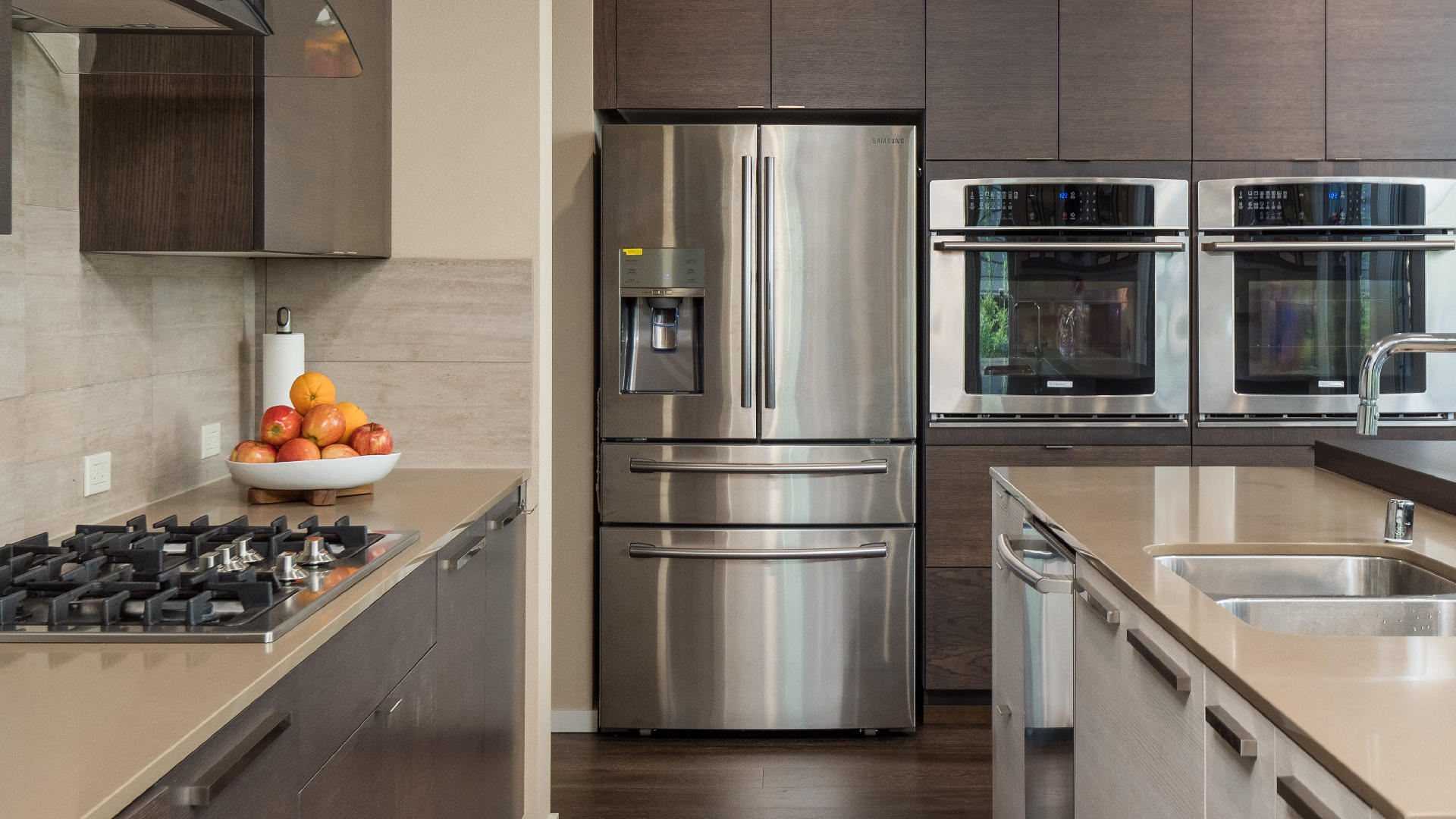

Articles
How Do You Reset A Samsung Refrigerator
Modified: March 21, 2024
Discover helpful articles on how to reset your Samsung refrigerator. Find step-by-step guides and troubleshooting tips to resolve issues with your fridge.
(Many of the links in this article redirect to a specific reviewed product. Your purchase of these products through affiliate links helps to generate commission for Storables.com, at no extra cost. Learn more)
Introduction
Welcome to our guide on how to reset a Samsung refrigerator. A refrigerator is an essential appliance in any kitchen, keeping our food fresh and preserving its quality. However, there may be instances where you encounter issues with your Samsung refrigerator, such as unresponsive controls or erratic temperature settings. In situations like these, a simple reset can often solve the problem and restore your refrigerator to its optimal performance.
Resetting a Samsung refrigerator is a straightforward process, but it’s important to follow the correct steps to ensure a successful reset and avoid any potential damage. In this article, we will guide you through the reset process, providing you with the necessary instructions and troubleshooting tips.
Understanding the reset process is crucial before attempting to reset your Samsung refrigerator. By resetting the appliance, you essentially restore it to its default settings, erasing any temporary glitches or errors that may have occurred. This can be particularly helpful when dealing with unresponsive touch controls, malfunctioning ice makers, or temperature issues.
It’s worth noting that while a reset can often resolve common issues, it may not address problems caused by mechanical or electrical failures. In such cases, it’s advisable to consult a professional technician or contact Samsung’s customer support for assistance.
Now, let’s dive into the step-by-step process of resetting your Samsung refrigerator.
Key Takeaways:
- Resetting a Samsung refrigerator is a simple process that can resolve common issues like unresponsive controls or erratic temperatures. However, it’s crucial to understand that a reset may not fix mechanical or electrical failures.
- Before attempting a reset, try troubleshooting tips such as checking the power source, inspecting temperature settings, and cleaning condenser coils. Remember, a reset erases customized settings, so note them down and seek professional help if issues persist.
Read more: How Do You Reset A Samsung Washer
Understanding the Reset Process
Resetting a Samsung refrigerator involves restoring it to its factory default settings, which can help resolve various issues. Before proceeding with a reset, it’s essential to understand the implications and potential outcomes.
Firstly, a reset will erase any customized settings you have made on your refrigerator, including temperature adjustments or preferred modes. It’s important to take note of these settings beforehand so that you can easily reconfigure them after the reset.
Secondly, resetting your refrigerator will also clear any error codes that may have been displayed on the control panel. This can be helpful in troubleshooting and identifying the root cause of any recurring issues.
It’s crucial to remember that a reset is primarily intended to address software-related problems and not mechanical or electrical faults. If your refrigerator is experiencing physical malfunctions, such as a faulty compressor or a broken seal, a reset may not be sufficient to resolve the issue.
Keep in mind that performing a reset does not guarantee a fix for every problem. If the issue persists after a reset, it’s advisable to consult a qualified technician or contact Samsung’s customer support for further assistance.
Now that we have a better understanding of the reset process, let’s proceed to the step-by-step instructions on how to reset your Samsung refrigerator.
Steps to Reset a Samsung Refrigerator
Resetting your Samsung refrigerator is a relatively simple process that can be done by following the step-by-step instructions outlined below:
- Locate the power cord: Begin by locating the power cord at the back of your refrigerator. It is usually situated near the bottom or on one side.
- Unplug the refrigerator: Gently unplug the power cord from the electrical outlet. This will disconnect the refrigerator from the power supply.
- Wait for a few minutes: Allow the refrigerator to remain unplugged for at least 5 minutes. This will ensure that any temporary glitches or errors are cleared from the system.
- Plug the refrigerator back in: After the waiting period, plug the power cord back into the electrical outlet. Make sure it is securely inserted to ensure a proper connection.
- Power on the refrigerator: Locate the power switch or button on your refrigerator and turn it on. Depending on the model, the power switch may be located on the control panel or near the interior light.
- Wait for the refrigerator to restart: Once the power is restored, the refrigerator will begin the startup process. It may take a few minutes for the display and controls to become active again.
- Reset the settings (if necessary): If your refrigerator has specific settings or modes that need to be reconfigured, such as temperature settings or ice maker options, follow the manufacturer’s instructions to restore them to your desired preferences.
- Monitor the performance: After the reset, monitor your refrigerator’s performance for any ongoing issues. If the problem persists, it’s advisable to contact Samsung’s customer support or seek professional assistance.
Following these steps should successfully reset your Samsung refrigerator and resolve any minor software-related issues. However, if the problem persists or if you encounter any difficulties during the reset process, it is recommended to consult the user manual or reach out to Samsung’s customer support for further guidance.
To reset a Samsung refrigerator, locate the power switch on the control panel or unplug the refrigerator for a few minutes and then plug it back in. This can help reset the system and resolve any issues.
Additional Troubleshooting Tips
In addition to performing a reset, there are a few troubleshooting tips you can try to address common issues with your Samsung refrigerator. These tips can help you identify the problem and potentially resolve it before resorting to a reset or seeking professional assistance. Here are some additional troubleshooting steps to consider:
- Check the power source: Ensure that the refrigerator is firmly plugged into a functioning electrical outlet. Sometimes, loose connections or power interruptions can cause issues with the refrigerator’s performance.
- Inspect the temperature settings: Verify that the temperature settings are correctly configured according to your needs. If the temperature is too high or too low, adjust it accordingly and allow some time for the refrigerator to reach the desired temperature.
- Clean the condenser coils: Over time, dust and debris can accumulate on the condenser coils at the back of the refrigerator. This can impede the heat dissipation process and cause the refrigerator to work harder. Clean the coils using a vacuum cleaner or a brush to improve its efficiency.
- Check the door seals: Inspect the door seals to ensure that they are sealing properly. Damaged or loose seals can allow warm air to enter the refrigerator, affecting its cooling performance. If necessary, clean the seals or replace them if they are damaged.
- Clear any ice blockages: If the refrigerator’s ice maker is not working correctly or if you notice ice buildup in the freezer, check for any ice blockages in the ice maker or the water supply line. Thawing the ice and clearing any obstructions can help restore the ice-making functionality.
- Monitor the airflow: Ensure that the vents inside the refrigerator and freezer compartments are not blocked by food items or other objects. Proper airflow is essential for maintaining consistent temperature levels and preventing frost buildup.
- Perform regular maintenance: Regularly cleaning and maintaining your Samsung refrigerator can help prevent potential issues. Clean spills promptly, remove expired food items, and defrost the freezer when necessary.
- Refer to the user manual: If you encounter any specific error codes or blinking lights on the control panel, refer to the user manual for troubleshooting guidance. The manual may contain specific instructions to address common issues.
By following these additional troubleshooting tips, you may be able to fix minor issues with your refrigerator without the need for a full reset or professional intervention. However, if the problem persists or if you are unsure about any troubleshooting steps, it’s always best to consult Samsung’s customer support or seek assistance from a qualified technician.
Conclusion
Resetting a Samsung refrigerator can often resolve common issues with the appliance, such as unresponsive controls or erratic temperature settings. By following the proper steps, you can restore your refrigerator to its default settings and potentially fix minor software-related problems.
In this article, we explained the importance of understanding the reset process before attempting it. While a reset can be a valuable troubleshooting step, it’s essential to note that it may not address mechanical or electrical failures. In such cases, it’s advisable to seek professional assistance or contact Samsung’s customer support for further guidance.
We provided a step-by-step guide on how to reset a Samsung refrigerator, highlighting the necessary actions such as unplugging the power cord, waiting for a few minutes, and powering the refrigerator back on. Additionally, we shared some troubleshooting tips to try before resorting to a reset, including checking the power source, inspecting temperature settings, cleaning condenser coils, and clearing ice blockages.
Remember, a reset will erase any customized settings, so make a note of your preferred configurations before proceeding. Also, keep in mind that a reset is not a guaranteed fix for every issue. If problems persist after resetting, it’s best to consult Samsung’s customer support or seek professional assistance.
By following the instructions and troubleshooting tips provided in this article, you can take proactive measures to address minor issues with your Samsung refrigerator. Keeping your refrigerator in optimal condition ensures the longevity of the appliance and maintains the freshness and quality of your food.
We hope this guide has been helpful in understanding the reset process and troubleshooting common issues. By following the recommended steps, you can keep your Samsung refrigerator running smoothly and enjoy the convenience it provides in preserving your food.
Frequently Asked Questions about How Do You Reset A Samsung Refrigerator
Was this page helpful?
At Storables.com, we guarantee accurate and reliable information. Our content, validated by Expert Board Contributors, is crafted following stringent Editorial Policies. We're committed to providing you with well-researched, expert-backed insights for all your informational needs.
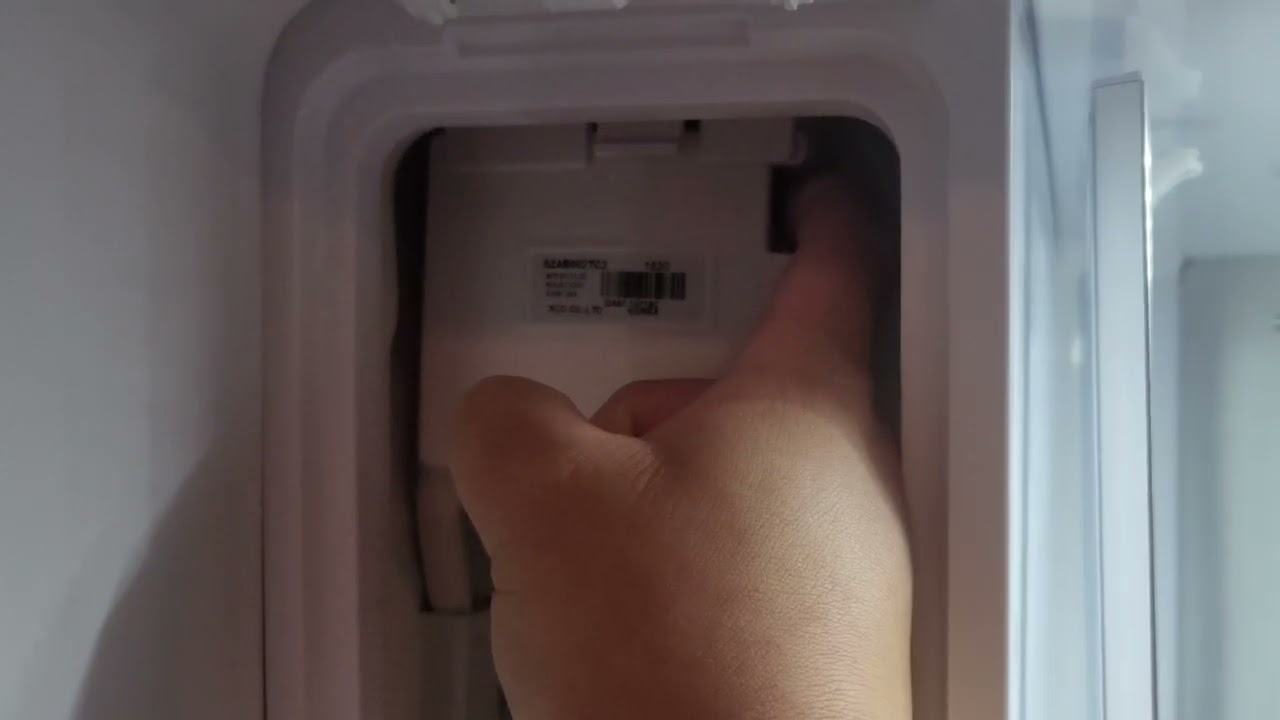
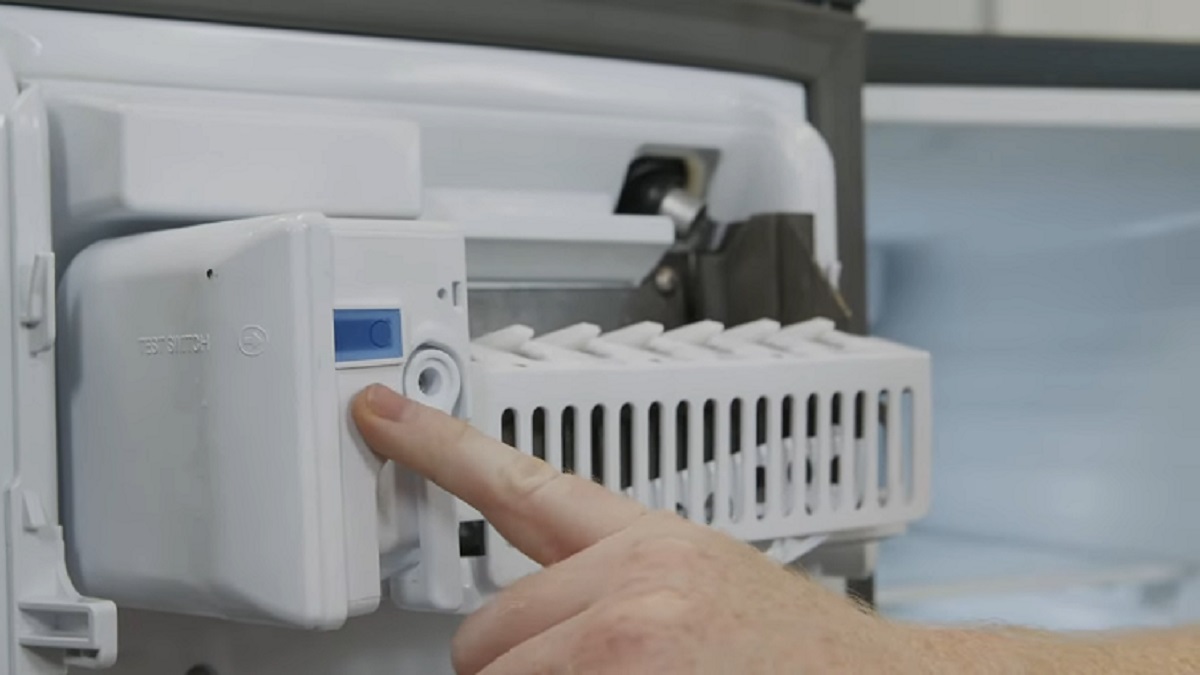
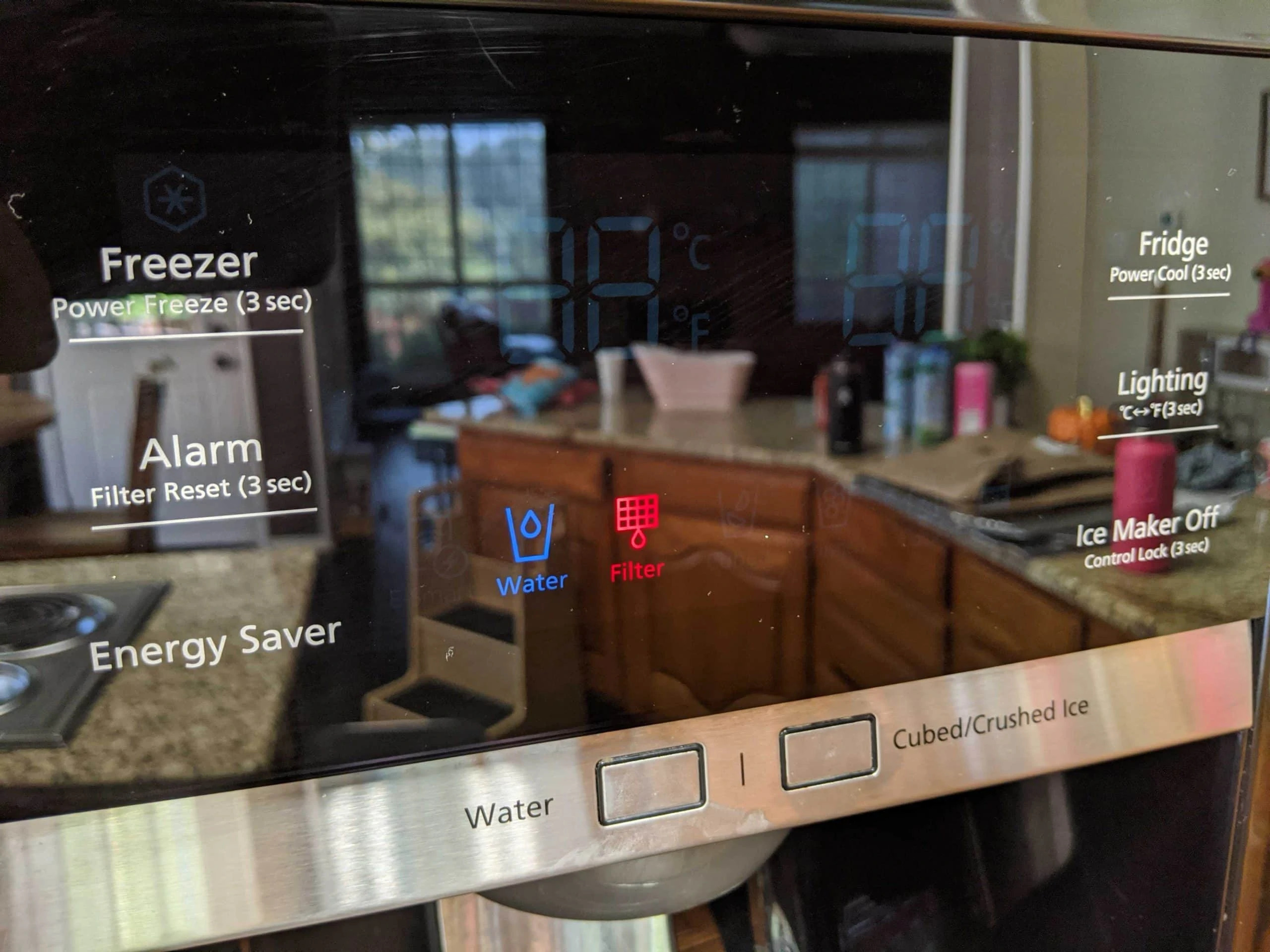
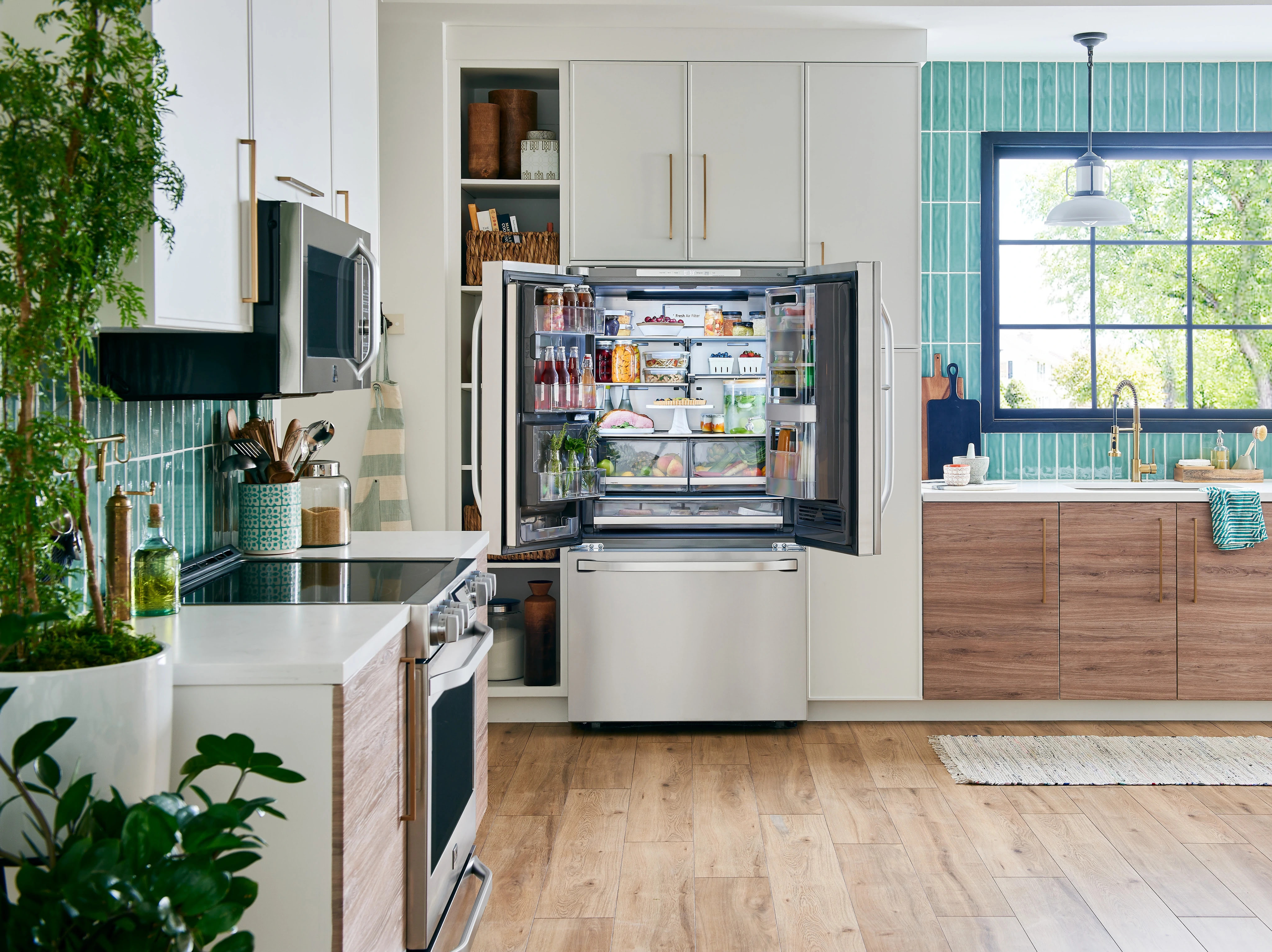
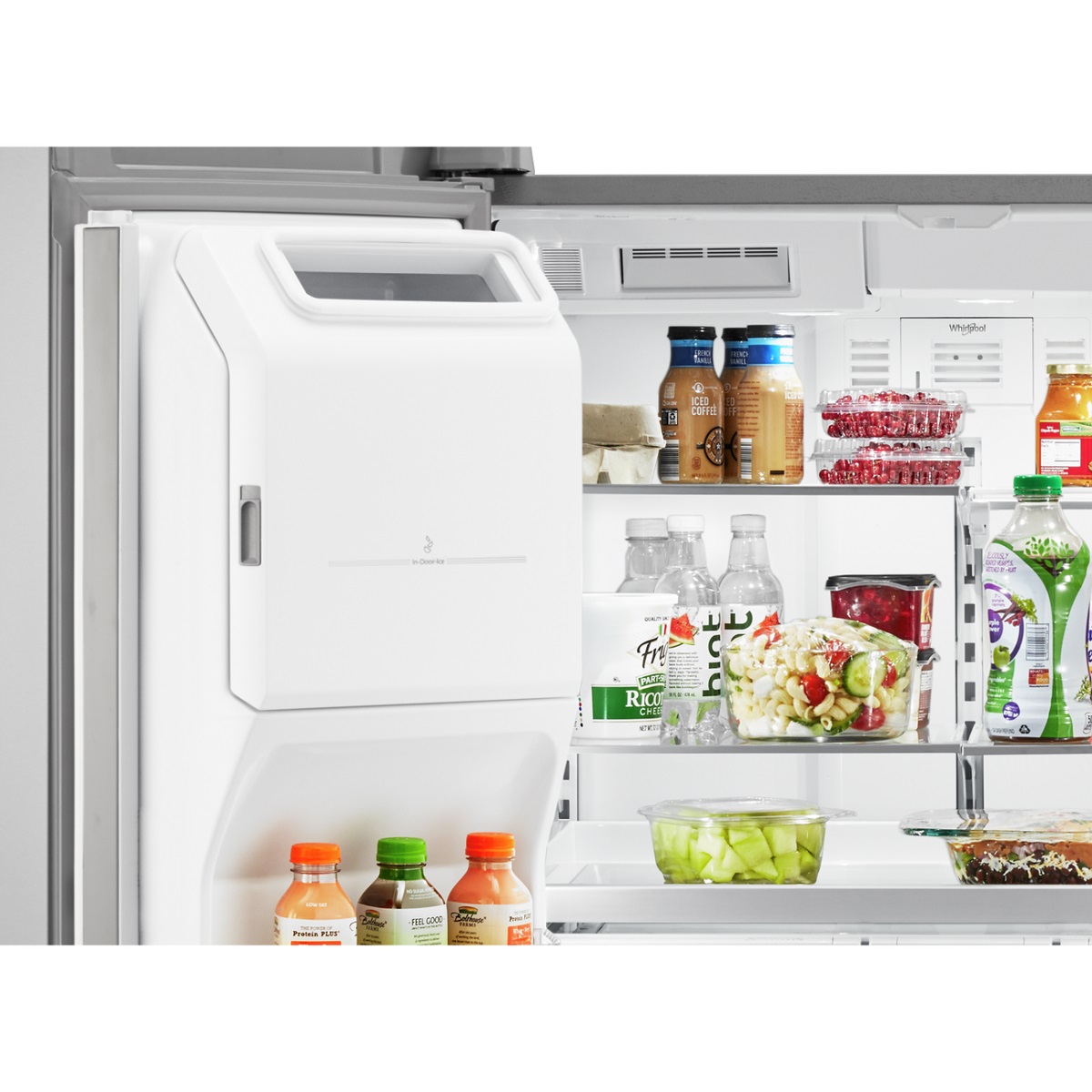
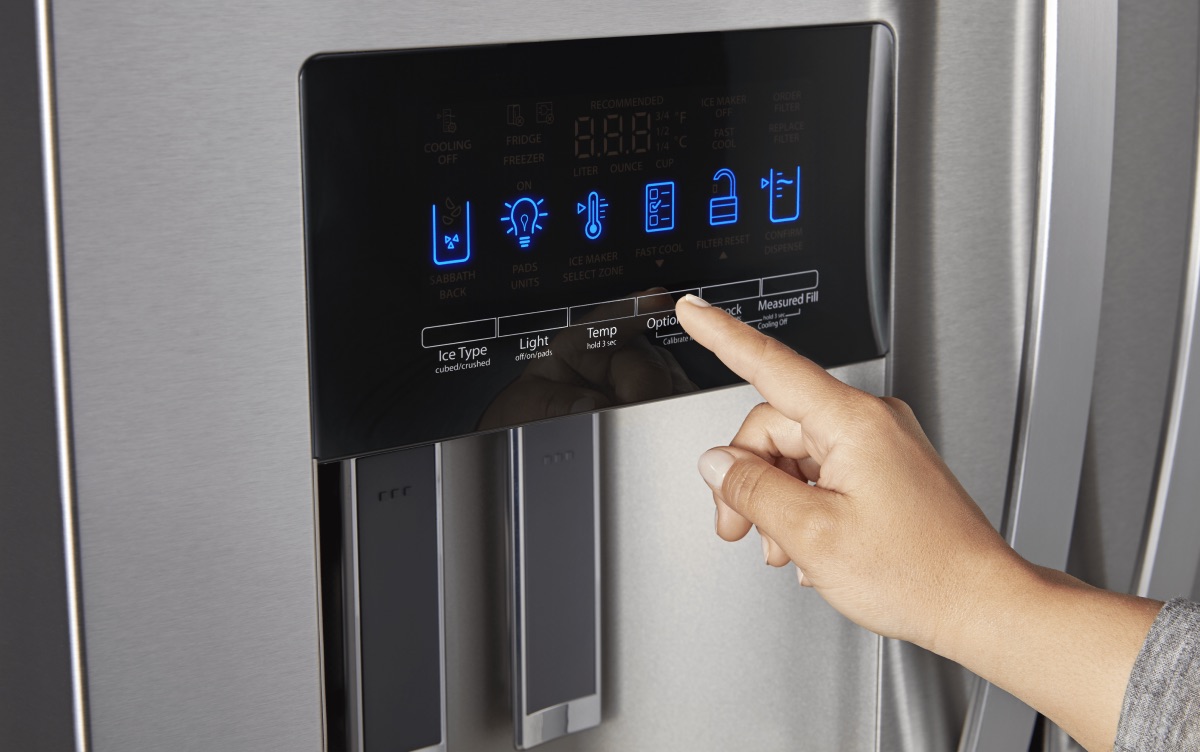
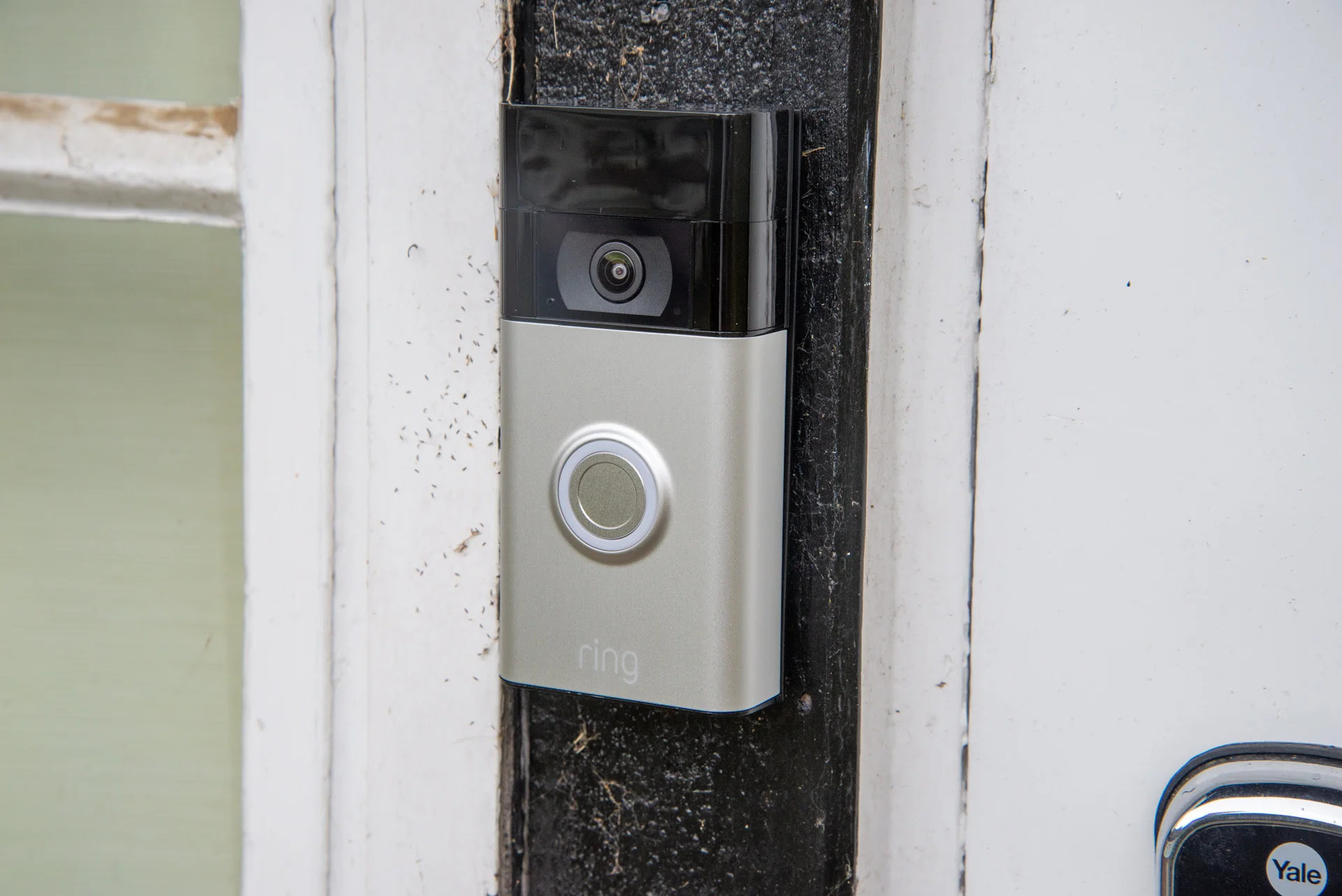
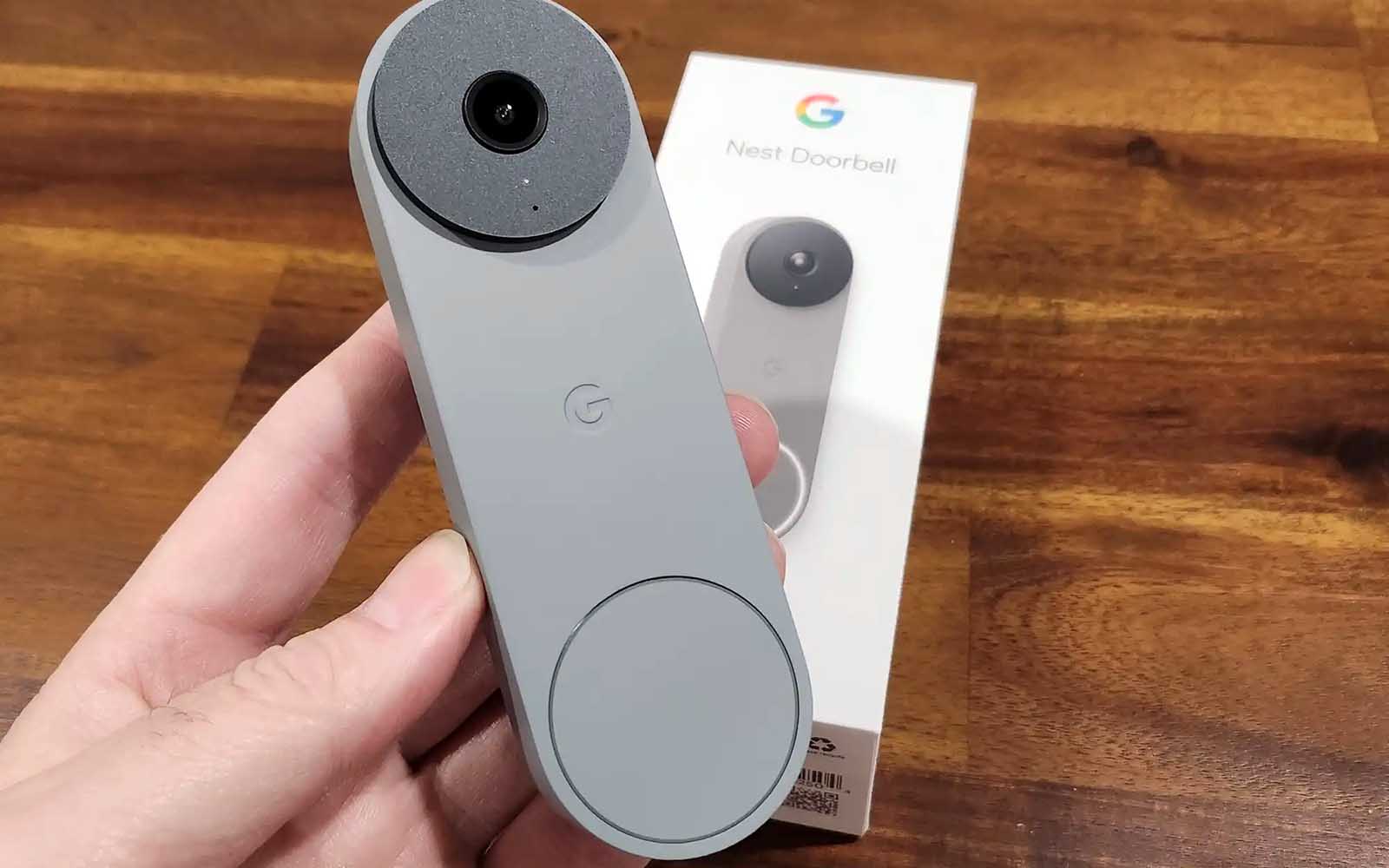
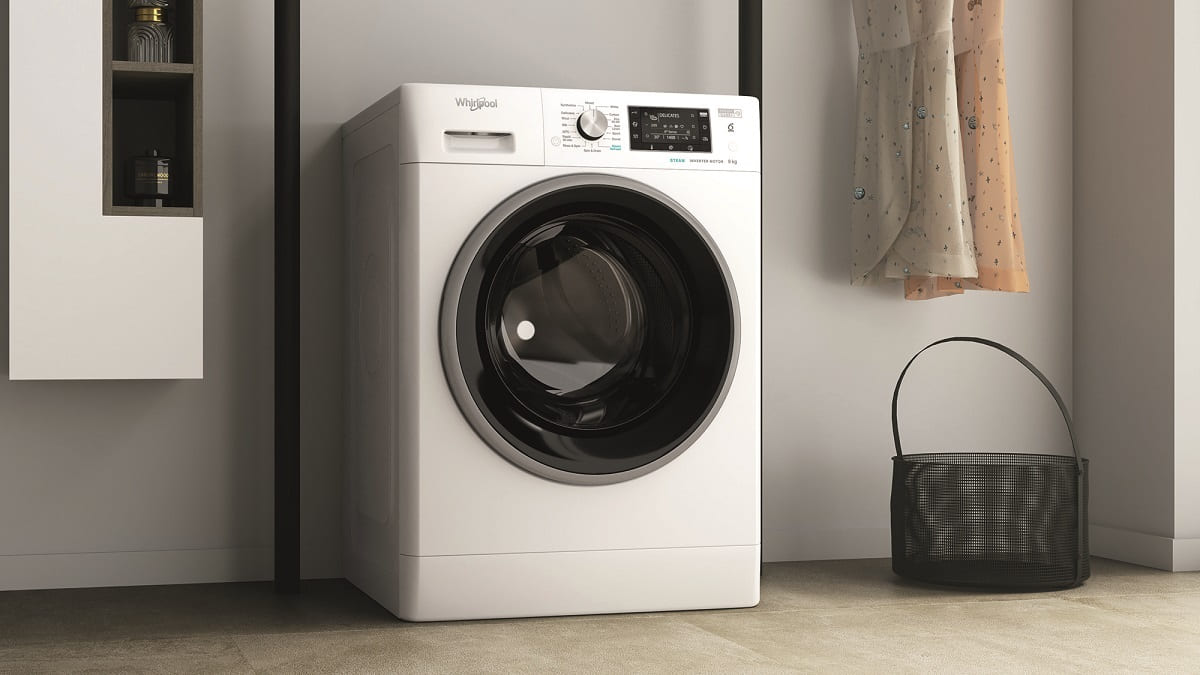
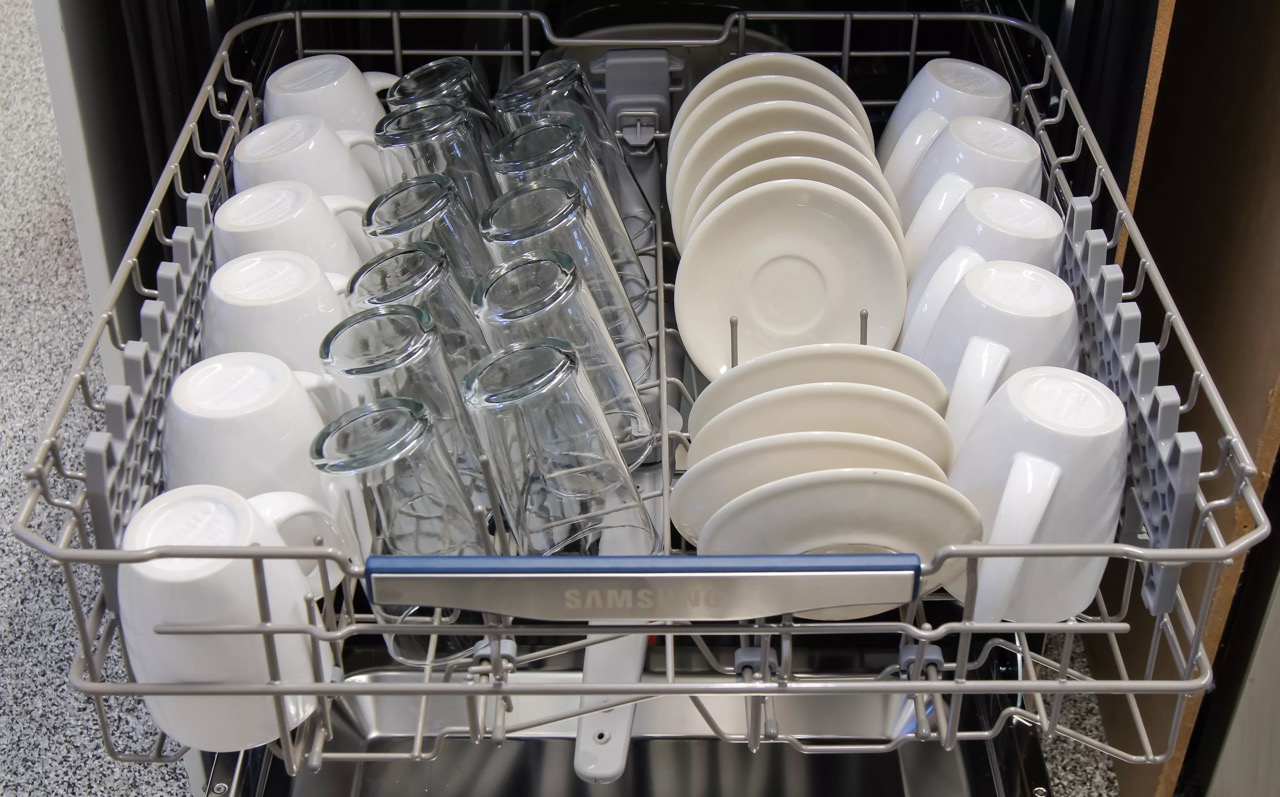
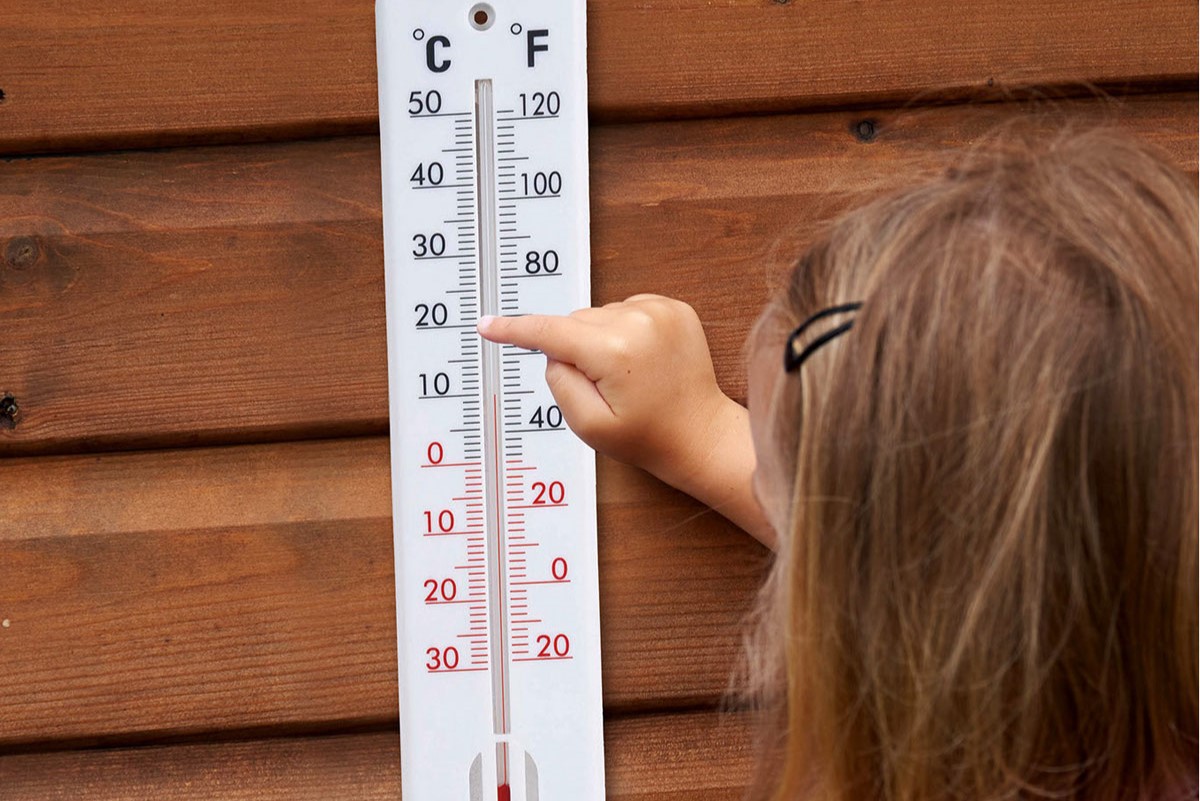
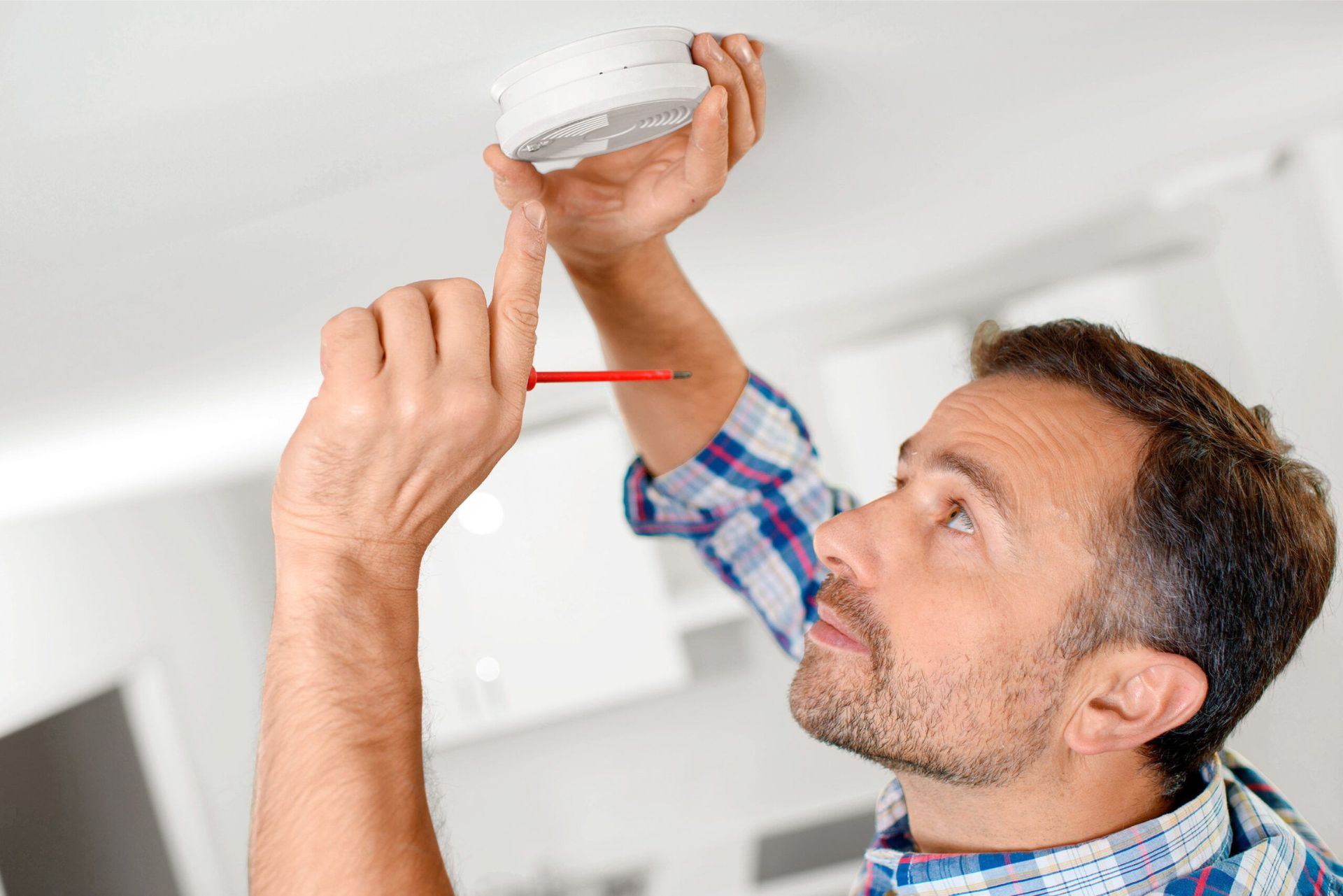
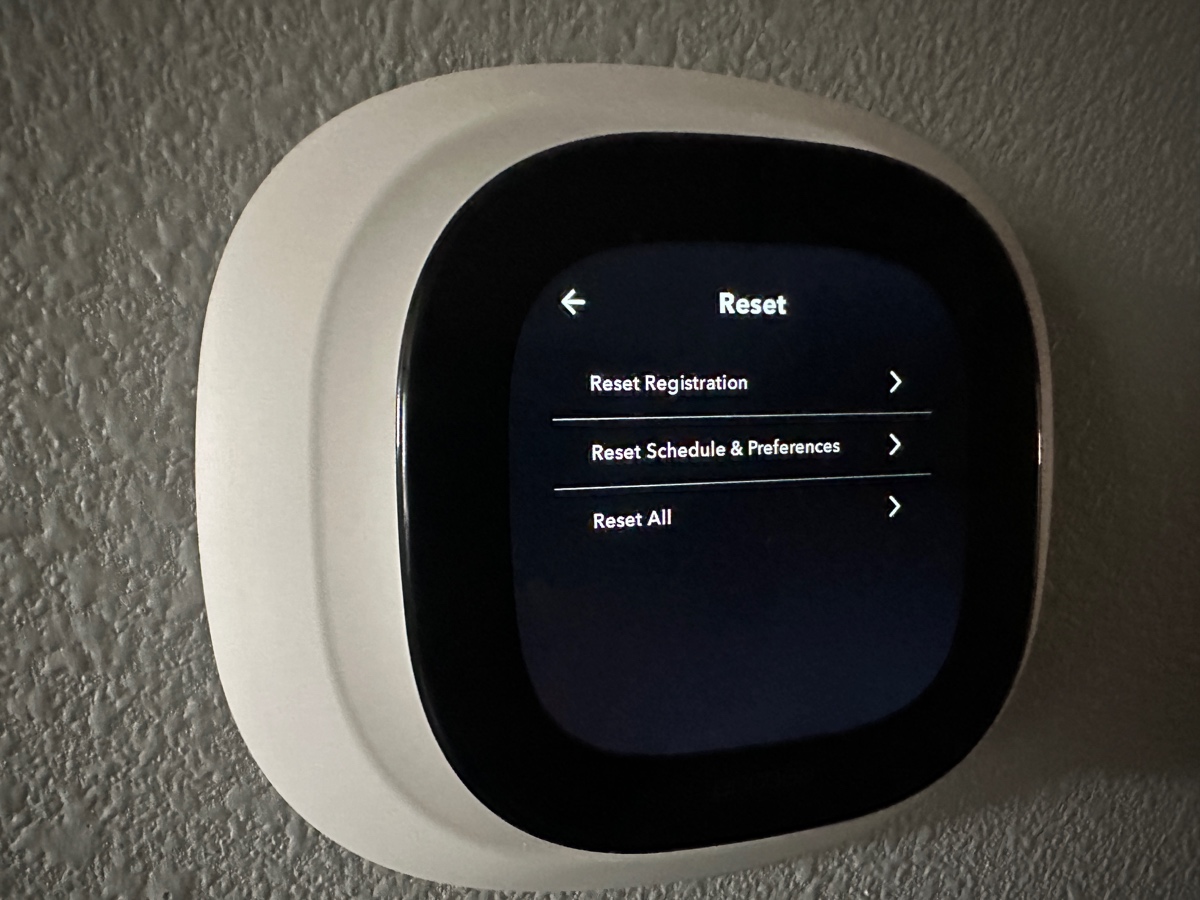
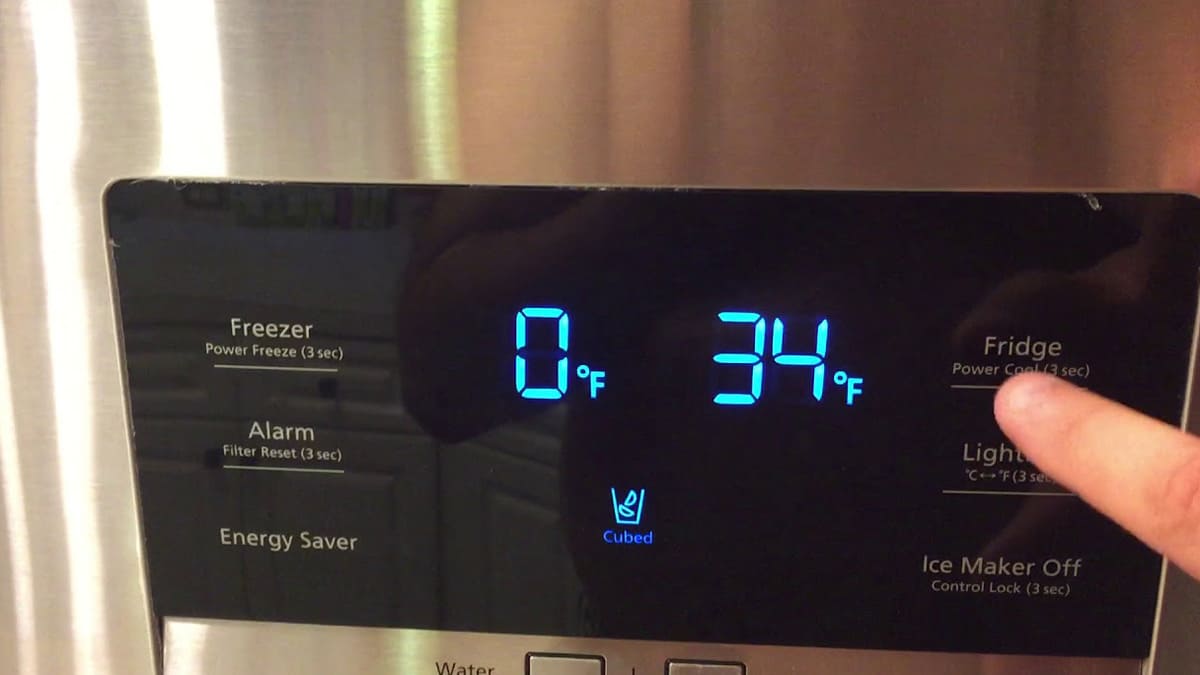
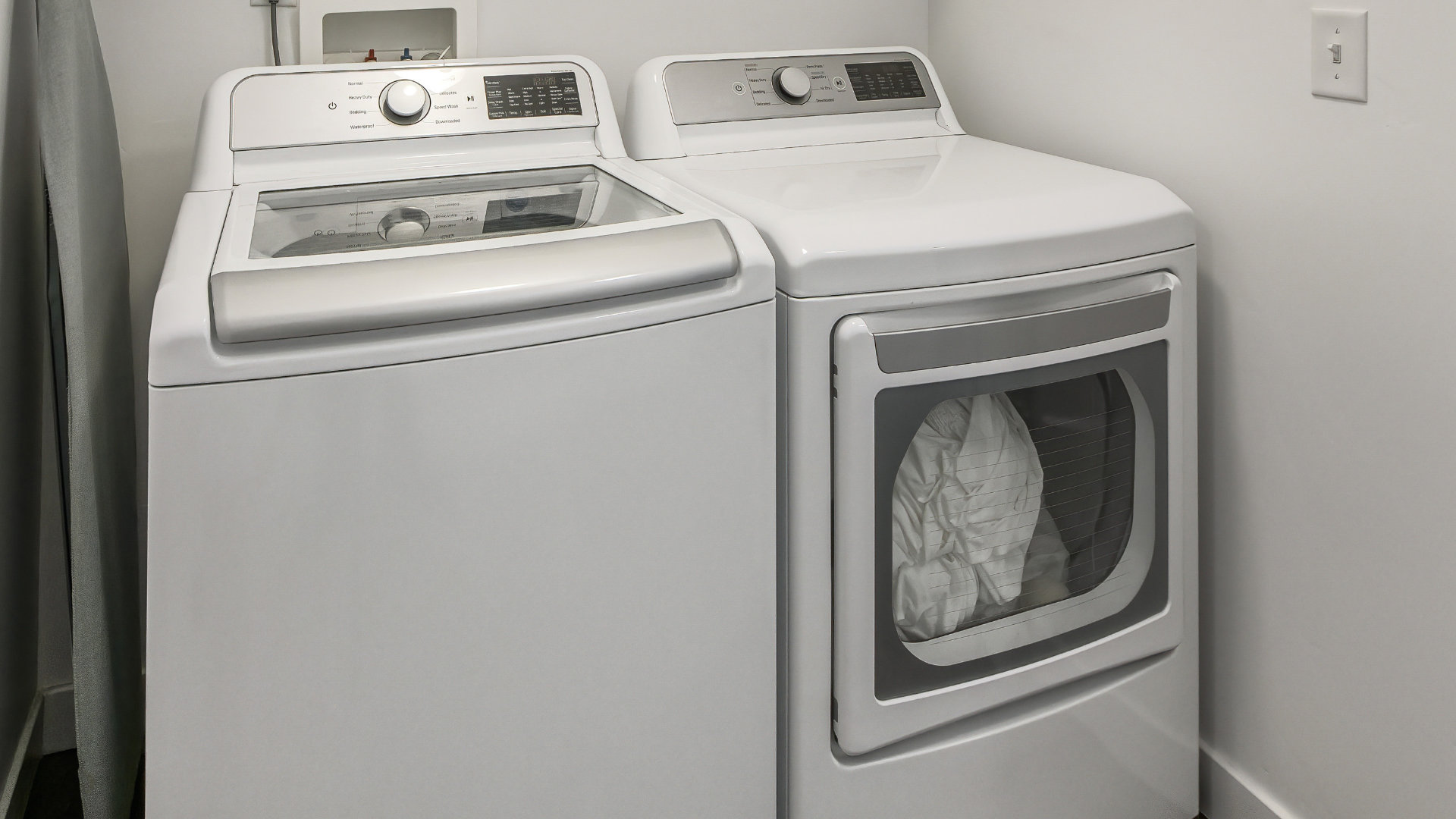

0 thoughts on “How Do You Reset A Samsung Refrigerator”